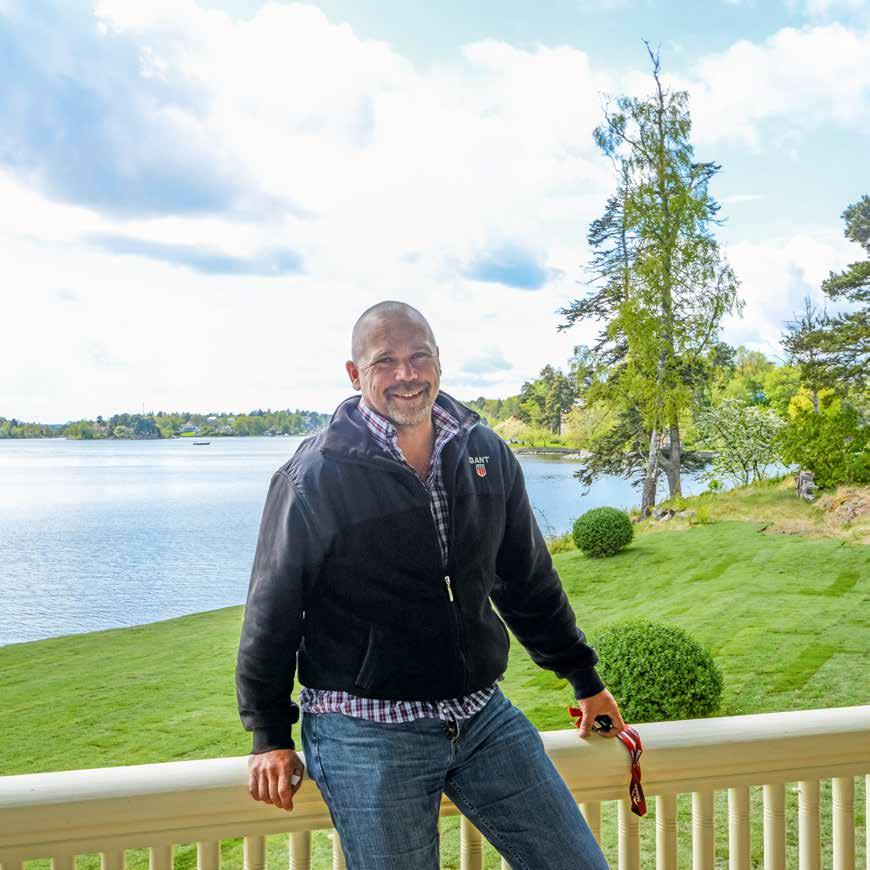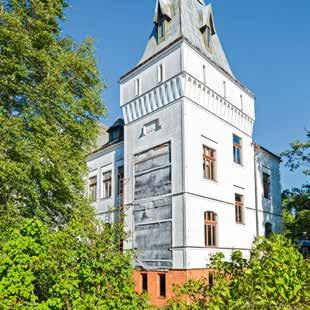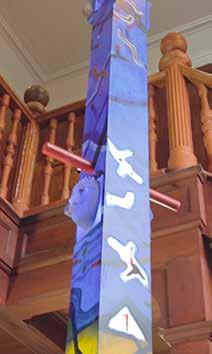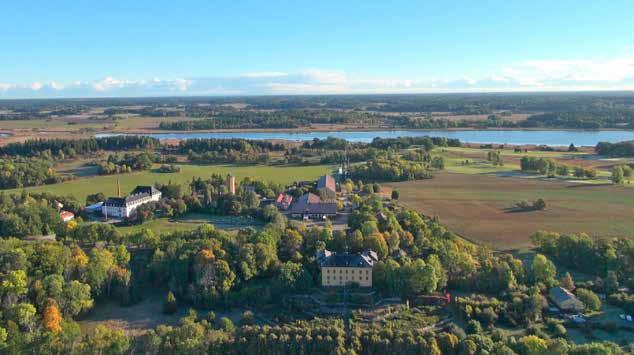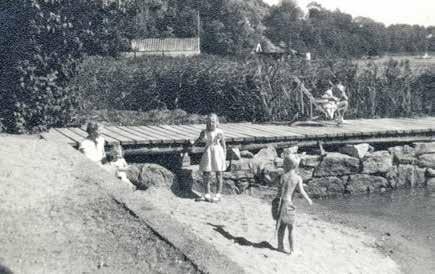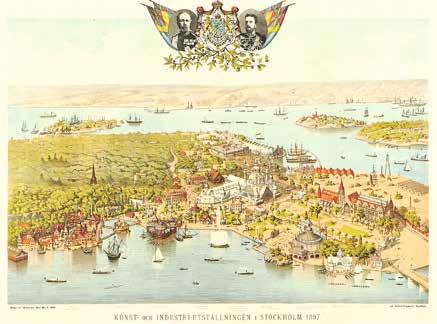
3 minute read
Preface
Let me say this about Villa Sisyfos: this house is not so much a house as it is a function or a vessel. There are places in the world that stand out from the dull mass of everything else. Places where history is so clearly present. Physical spaces where the layers of time have left such a distinct mark that each layer tells its own story. Stories that expand far beyond the walls and shrubbery that mark the physical boundaries where the house stands. These are places where things that feel so distant in time become imaginable: the feeling of walking out on a river that has frozen over, and beneath its icy cold surface you see glimpses of things past and feel their presence. All the people, their thoughts, fears, and hopes. Villa Sisyfos is such a place. Here you can sense traces of histories much greater than the grandeur of the façade, which in itself would be more fitting of a fin de siècle borough in some Central European capital. Embedded in these walls, you find the saga of modern Stockholm’s own birth and development, which mirrors the incredible transformation of Swedish society: from an ugly duckling into one of the world's wealthiest nations. It is also a history shared equally by the most unlikely of people. Here were summer school students, punch-drunk artists from the golden years of Scandinavian painting, and refugees from the merciless tides of the Second World War. All have passed through this house and left their marks, claiming this space inch by inch, memory by memory. This is not a house; this is the sum of the stories of those mentioned in this book. Theirs are the stories we found and fell in love with, a story that now becomes yours.
Timeline
Advertisement
Upper part: local context lower part: larger context
The Middle Ages the island of Tynningö is known as Thyninge. 1879 Mr. Munthe sells the land lots of Sofiero (Tynningö 1:12) to Mr. Gustaf Åkerstedt who later sells them to a silk factory owner Mr. A N Berglöf.
1543 Copernicus declares his heliocentric worldview, with the sun in its center.
1400 The Island belongs to the burghers of Stockholm but is later annexed by King Gustav the 1st. 1560 King Erik the XIV rewards Jakob Bagge with the island, a wing of the old mansion is still situated next to the ferry quay today 1874 the westernmost part of the island is bought by the businessman Mr. Munthe, who renames the isthmus Höganäs.
1800 The island areas are sold in portions to different self-owned farmers. 1890 the property is given by a will to the builder Mr. Johan Sjöqvist who buys the house after the exhibition.
1897 the Stockholm exhibition is held on the island of Djurgården in Stockholm. The house that is now known as Villa Björkudden was erected as an administrative office for the exhibition staff.
Medeltid 1400 1500 1600 1700 1800
1252 the city of Stockholm is founded 1517 Martin Luther announces his criticism of the Catholic church, which sparks a chain of events leading to a schism now known as the Reformation. 1723 A law is passed in Sweden making it compulsory for parents to make their children learn to read. 1800-talet Den industriella revolutionen inleds i mitten av seklet i Storbritannien. 1842 a four-yearlong primary school system is introduced in Sweden, known as 'Folkskola.'
1523 Gustav Vasa is elected king of Sweden the 6th of June. 1735 the first copy of Carl von Linnéus system changing book Systema Naturae is printed, making him one of the greatest Swedish scientists up to date. 1895 the famous establishment 'Operakällan' is reopened by the brothers George och Gustav Steinwall.
From the late 15th to the late 16th century. The Renaissance. From the late 16th century to the first decades into the 18th century. The Baroque. Sumptuous, over the top and luxurycraving aesthetics. The mid 18th century. The Rokoko. The style is known for its striving for forms of ease, pleasure. Flowing forms and pastel colors. The later 18th century. Neoclassicism, known as Gustavian style in Sweden after Its ruling king Gustav the III. A return to a revival of classical architecture and manners. Late 18th and the first half of the 19th century. Empire style called Karl Johan-style in Sweden after Its most profiled king during the era. The style is known through expressive use of color, dark wood and a lot of gold. The decades around the turn of the 19th to the 20tha century Jugend/art nouveau style. A style born from the wish to break free from revivalism.

